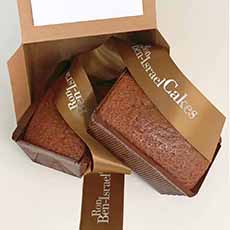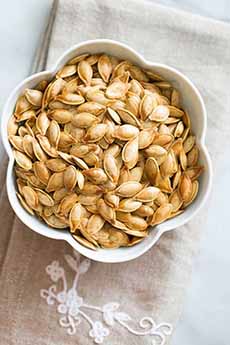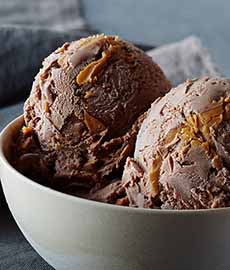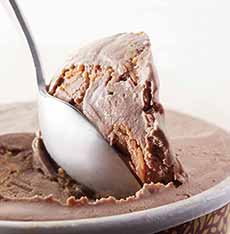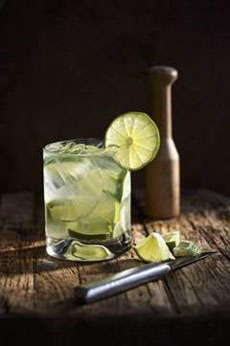|
September 13th is National Caipirinha Day in Brazil, celebrating the re-legalization of cachaça in 1661 after it was outlawed for a time by the Portuguese crown.
Cachaça (kah-SHA-sah), Brazil’s noble spirit, was invented nearly five hundred years ago—one hundred years before the creation of its Caribbean cousin, rum.
Rum is distilled from molasses, while cachaça is a purer spirit, made from fresh cane juice, the purest product of sugar cane.
Molasses is the residue that remains after the sugar crystals are extracted for granulated sugar. No one wanted the sticky stuff, so it was given to plantation slaves. They figured out that it could be distilled into a delicious spirit; and that was the birth of rum.
June 12th is National Cachaça Day in Brazil.
The premium cachaça brand Novo Fogo* makes six different expressions of cachaça, the silver version (photo #3) rested in stainless steel tanks, the other aged in different types of wood barrels for different lengths of time.
All are delicious. The three aged in exotic woods are award-winners, perfect for gifting to a cachaça enthusiast.
Plus, Novo Fogo cachaça is 100% USDA Certified Organic and sustainably produced.
But today, we’re celebrating another Novo Fogo product: the most popular cachaça cocktail and Brazil’s most famous drink, the Caipirinha (kai-pee-REE-nyuh).
THE CAIPIRINHA, BRAZIL’S NATIONAL COCKTAIL
The name Caipirinha means “little hillbilly,” after for the Brazilian peasants who invented the drink hundreds of years ago, using ingredients that grew around them.
The cocktail is simple: just cachaça, sugar and lime. It’s become popular the world over, with just cause: It’s irresistible, sweet, tart and citrussy.
Here’s the recipe to make a classic Caipirinha.
Here’s the history of the Caipirinha.
Novo Fogo has created a new approach: the Sparkling Caipirinha, the world’s first canned and carbonated Caipirinha.
The key ingredient in Brazil’s national cocktail, the Caipirinha (ky-puh-REEN-ya),
Novo Fogo has created a new twist on Brazil’s national drink. They’ve added carbonation to Caipirinhas in cans, which are simply heavenly and very celebration-worthy.
NOVO FOGO’S SPARKLING CAIPIRINHA IN CANS
Forget any concerns you may have about these particular canned cocktails. They are as good as any Caipirinha you’d get at a top bar…plus, they’re sparkling!
The original flavor (photo #1) was such a hit that there are now two more fruit-flavored varieties (photo #2):
Mango-Lime
Original Lime
Passion Fruit-Lime
We’ve tried them all, and each is a dazzler.
These are 100% natural cocktails made with Novo Fogo’s organic Silver Cachaça (photo #4) and real ingredients. The vivid fruit flavors taste like fresh fruit.
The 200ml cans (6.76 ounces) are wonderful to come home to, or (for those of us spending our days at home) a treat at the end of the day.
The cans are shelf-stable: no refrigeration is required. But they’re small enough to fit into the fridge so you can grab them already chilled (and undiluted by ice).
We drink them straight from the can, but you can be more elegant and drink them from a rocks glass with a wedge of lime (photo #3).
They cans are sold in four-packs. The website lists them for $19.99 and a 24-pack (four four-packs) for $119.94—just $5 for a truly luscious drink.
And, just 128 calories per can; 10g carbohydrate, 8.2% ABV. They are far less sugary than a typical sweet drink.
You can buy them online at NovoFogo.com .
Or search for “Novo Fogo Sparkling Caipirinha” in your browser. We found three stores in our immediate area.
We’re loading up on these little gems. When the pandemic is over and we have guests again, we may even share some!
________________
*The name means “new fire.”
|







